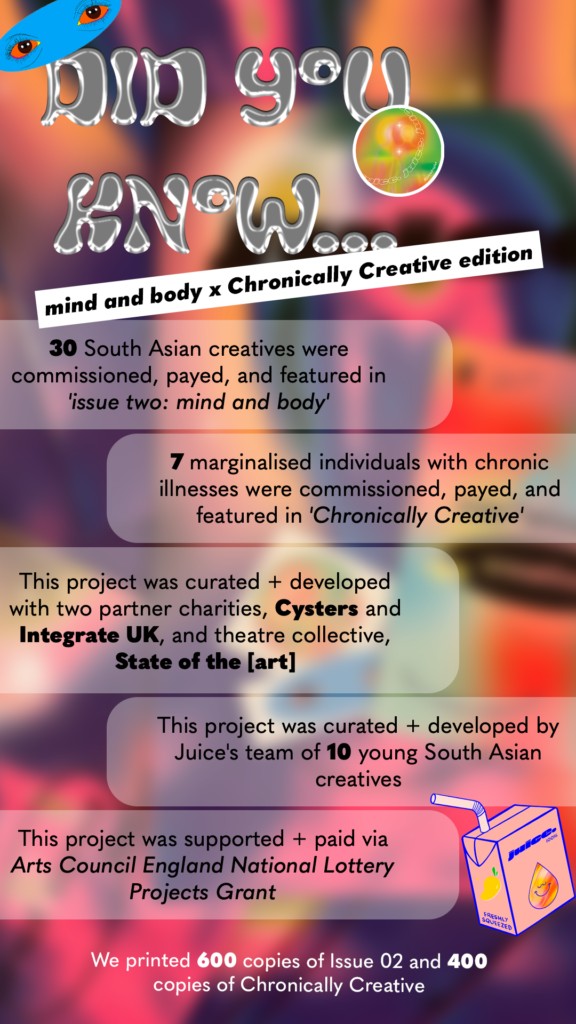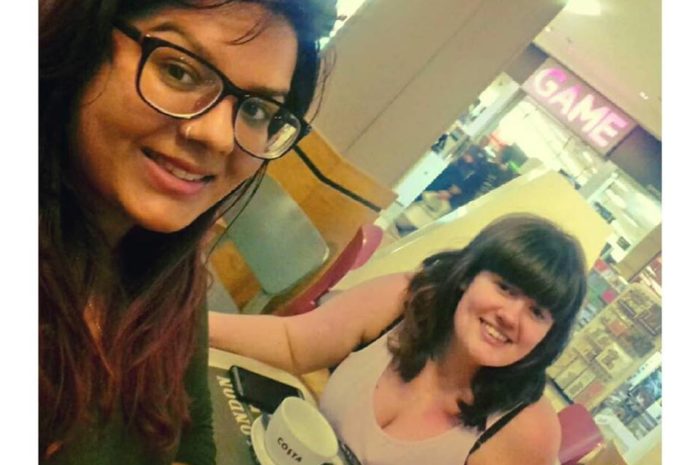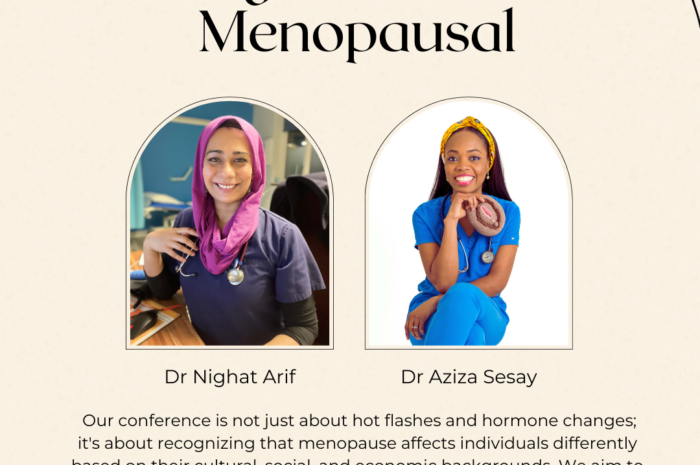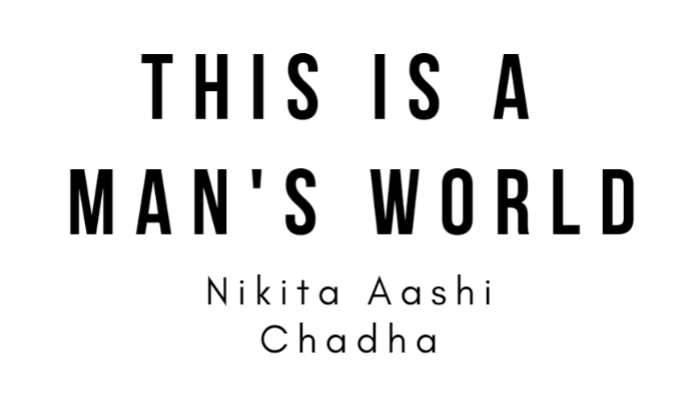Reflections on ‘Chronically Creative’, a collaborative project between Cysters and Juice Magazine, South Asian collective and Magazine
https://www.juicedroplet.com/magazine/p/issue-two-mind-and-body
The ‘Chronically Creative’ project has been a chance for both Cysters and Juice Magazine’s teams and audiences to learn, collaborate and create together across disciplines. Juice Magazine is a South Asian collective and magazine facilitated by and for creatives, writers, and artists from the South Asian diaspora. Cysters is a grassroots charity focused on supporting marginalised people with chronic health conditions and disabilities.
Evelyn Miller, Juice Magazine co-founder and creative director & Nikita Chadha, Cysters trustee, writer and lead facilitator, share their thoughts:
How did this collaboration come about?
EM: Following Nikita’s poetry feature in Juice’s debut print issue ‘being brown’ (October 2020) and on the Juicebox Podcast (May 2021), we began discussing ways to facilitate exploring reproductive and mental health issues through creativity.
After our initial conversations, Nikita invited Neelam (Cysters Founder), and I asked Rae (Juice Magazine Founder and Art Director) to come together to envision what we could achieve together. I soon realised that not only were we a powerful team, but we would have a lot of fun together too!
NC: Sometimes, this entire collaboration and project seem unreal to me. I can’t believe the scope that has been born out of a simple conversation between two people who appreciate and understand the value of the arts and creativity. I think the project itself highlights the importance and power of community, of finding people who understand your vision and go out of their way to help you execute it. I feel incredibly lucky – we got to carve out our own space with two organisations that have not only encouraged and supported me but have facilitated my personal growth as an artist, facilitator and creative.
Who is this project for?
NC: Creativity is for all of us, especially the marginalised and intersectional, because there is a power to our stories and who we are as artists. This is for all the creatives and artists, especially those that are marginalised across various intersections (race, class, age, gender, sexuality, ability & nationality)
EM: For this project specifically, we focused on disseminating arts culture to all marginalised groups and people who may face additional stigmatisation or barriers when accessing healthcare due to their identity or different intersections. Marginalised people, especially chronically ill or disabled people, experience a lack of representation and opportunity in the arts, and we wanted this project to subvert that narrative.
We decided that we wanted to work on a project which would enable individuals and communities who may be stigmatized and affected by mental health or reproductive issues – such as young black people, young queer people, anyone within the lgbtqa+ spectrum, and anyone else who may face multiple intersections or barriers – to explore the impacts and associations of mental health, reproductive health, and stigma through art and writing. Nikita beautifully articulated the aims and idea of our project and thus, it became ‘Chronically Creative’.
Why is it important to create paid opportunities for marginalised creatives?
EM: Given the lack of accessibility and opportunity for marginalised groups in the arts, all artists and contributors needed to be fairly paid. We spent some time applying for arts funding and successfully received an Arts Council England National Lottery Project grant. The real work began the ‘Chronically Creative’ project in early September 2021 and we envisioned that the project would consist of two key outputs – one zine-making workshop and one print A6 zine made up of art and writing in response to the themes.
NC: As an artist, I don’t believe that you can separate identity or experience from pieces of art that are produced. It’s like bearing a part of your soul to the world. Understanding how proximity to privilege works lets us know that certain voices and stories are upheld over others. Something I speak about a lot is the western canon of literature: and how it rarely celebrates anyone who isn’t a straight white male. That is active conditioning. From a young age, we are taught that creativity and success can only look and sound one way: Keats, Shakespeare, Dickens – and that it doesn’t look like us: intersectional, disabled, multifaceted. By supporting us, and this project, we are all doing our part in turning that old story straight on its head – a thought that genuinely brings me joy every day. Payment can act as a method of validation and celebration.
Let’s talk about the zine-making workshop…
NC: The workshop was a personal highlight. Not just because of the incredible pieces of art that people created, but because of the space it created for people like me and the zine artists: it was safe, open, and a place of vulnerability as well as artistic expression.
EM: Our zine-making workshop was an open event and safe space specifically for chronically ill people who face additional marginalisation because of their identity. After initial icebreakers and getting to know each other, we got stuck into scrapbooking but on a whole new level. Using prompts relating to gender, chronic illness, mental health, and anger, our participants could get creative and make their own ‘Chronically Creative’ zines.
What was it like working together?
NC: When I approached Neelam about ‘Chronically Creative’, I was nervous because it was a new space and vision for Cysters and Juice. It’ll come as no surprise to anyone that knows Neelam that all she did was encourage me and thank me for creating this space. It’s strange to experience that when you’re usually told that your ideas and dreams are ‘too big’. She allowed me to understand how important this was – and Juice was READY to encourage that idea even further by allowing us access to resources (for anyone that hasn’t noticed the incredible design team), applying for funding and exploring what we could do together safely and collaboratively. It was an inherently different creative space to be in, something that I could feel both organisations had been looking for – a way to stretch what we do and support people through art.
EM: This project seemed daunting to us all initially, given the new ground and roles we’d be taking on. We worked to ground our facilitation of ‘Chronically Creative’ in mutual respect, love, and care for one another, which ultimately enabled all of us and our artists to thrive
Let’s talk about the Zine…
EM: Our A6 print zine spotlighted the work of seven marginalised creatives living with chronic illness. It then published some of the responses from participants discovered during our workshop in the ‘Chronically Creative’ zine. The creation and publication of this zine enabled both the Juice team and external audiences to learn about and understand reproductive and mental health issues through creativity; thus, educating audiences so that they can understand and challenge the cultural misogyny and racism behind reproductive health.
NC: The zine feels like a powerful step towards understanding the importance that comes with creative expression – something that I will shout from the rooftops for the rest of my days. To have worked on this project was a privilege: something that I’ll cherish and celebrate long after the copies have been printed and the dust has settled
How can I support this project?
EM: The ‘Chronically Creative’ project holds a special place in my heart and Juice’s portfolio of work. The zine is a powerful read for anyone (regardless of whether you’ve been affected by mental health or reproductive issues). Please support us in continuing to work on projects like ‘Chronically Creative’ by buying it as part of the Juice Magazine ‘issue two: mind and body’ bundle or contact us at founders@juicedroplet.com for larger orders of 5+ magazines or zines.
NC: We’d love the scope to collaborate again and to extend what we’ve learnt here to other projects and collaborations. In that instance, we need support to facilitate its success and do more like this in the future. So anyway you can help is appreciated: sharing it with your networks or organisations that may want to stock the magazine, purchasing your own copy (or perhaps for a friend as a gift), connecting us to someone that may be able to help in terms of exposure. I know it’s been a difficult few years, which can impact our ability to help, but the smallest of steps can lead to tremendous things, as we’ve seen in this collaboration.
From the teams at both Juice and Cysters: a massive shout out to anyone involved in this project: if you contributed art, if you were part of the core team, a supporter or someone who has bought and spoke about the zine: thank you. Not only for your support but also for encouraging us to push the envelope and go against the grain.





